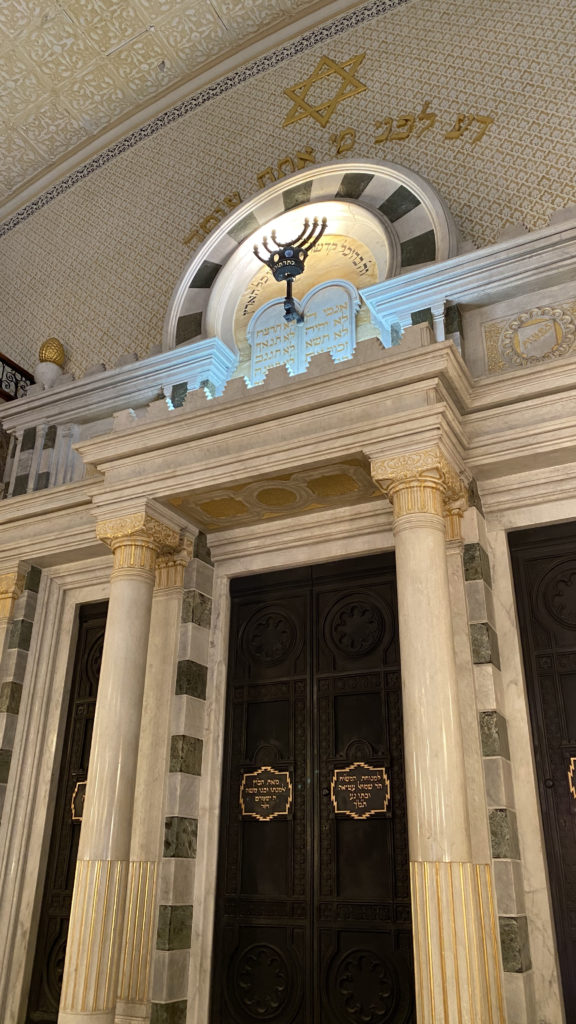
On a recent trip to Spain, I made sure to go out of my way to head south and spend Shabbat in Gibraltar, a tiny peninsula that operates as its own country but is also an overseas territory of the British.
Note: All images in this article were captured by Dani Klein / YeahThatsKosher and may only be shared with permission. Please share this article directly instead. Thank you.
There’s a lot of history on this tiny piece of land, and that also includes that of the Jewish community. The vast majority of the nearly 700-800 Jews living in Gibraltar are English speaking Moroccan Jews, most of whom can trace their family lineage back to Spain, where the Jews fled in 1492, many of them settling across the sea in Morocco.
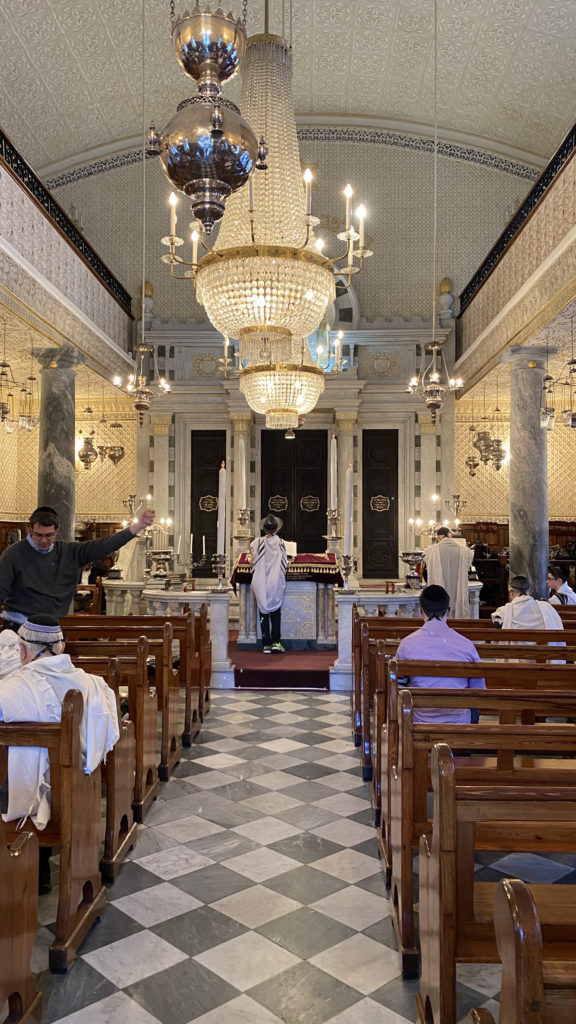
When England conquered Gibraltar in the early 18th century, they brought Jews over from Morocco to help the territory, only to kick them out and bring them back a few years later. Today’s Gibraltarian Jews are mainly Moroccan, particularly from the Ladino speaking city of Tetuan; and a small number hail from England. [Additional history detailed below the images]
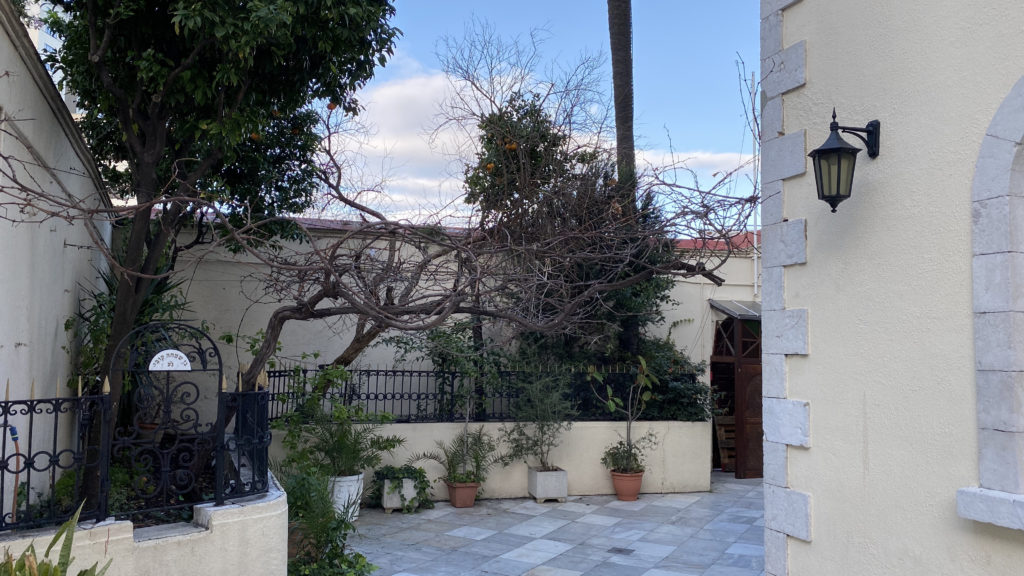
The small Jewish community today makes up about 2% of Gibraltar’s population, but are extremely visible as all of the synagogues, kosher restaurants, schools, and Jewish institutions are clustered around the center of the downtown / Main Street area. The community is nearly entirely Orthodox, and lives in relative peace, with little to no antisemitism occurring on the Peninsula.
There are 4 shuls in this community are all active, Moroccan, and between 250-300 years old. The synagogues are Orthodox and follow the Gibraltarian/Moroccan Sefardi nusach. The shuls are not prominently displayed, but rather hidden behind single doors that often reveal a much larger, beautiful synagogue edifice behind it, often with an outdoor courtyard.
The synagogues are all beautiful and ornate and worth a visit when you’re in Gibraltar.
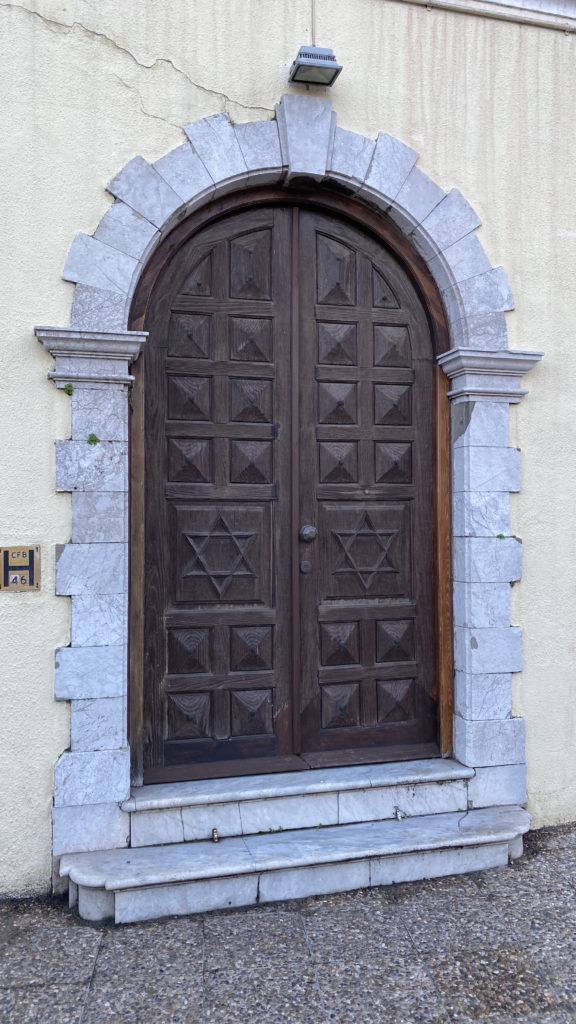

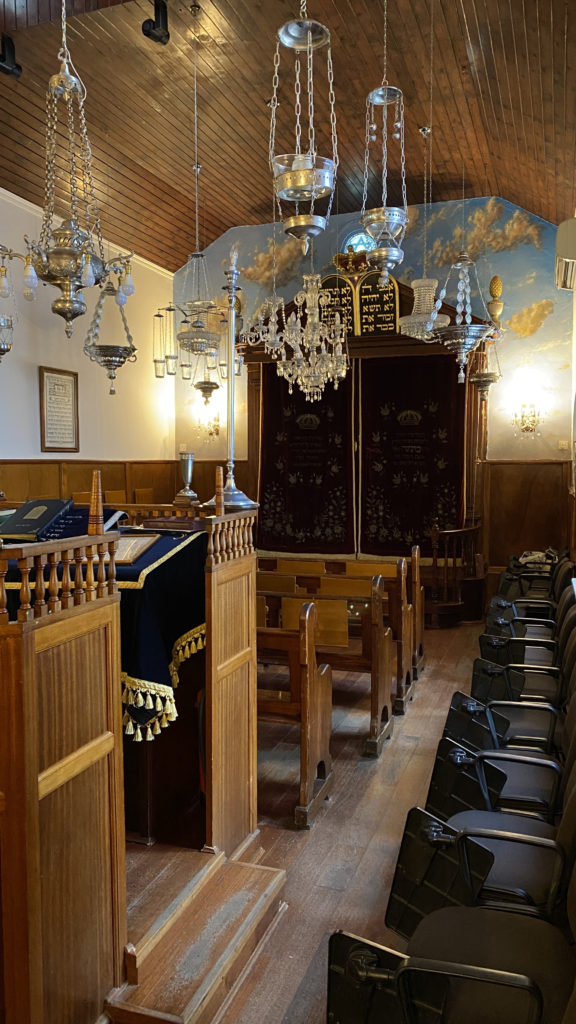
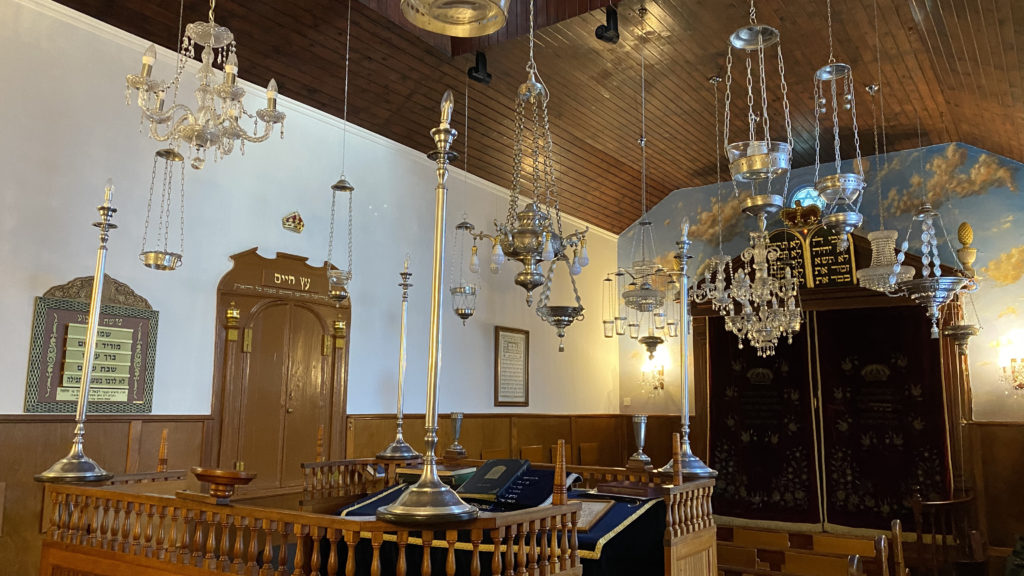
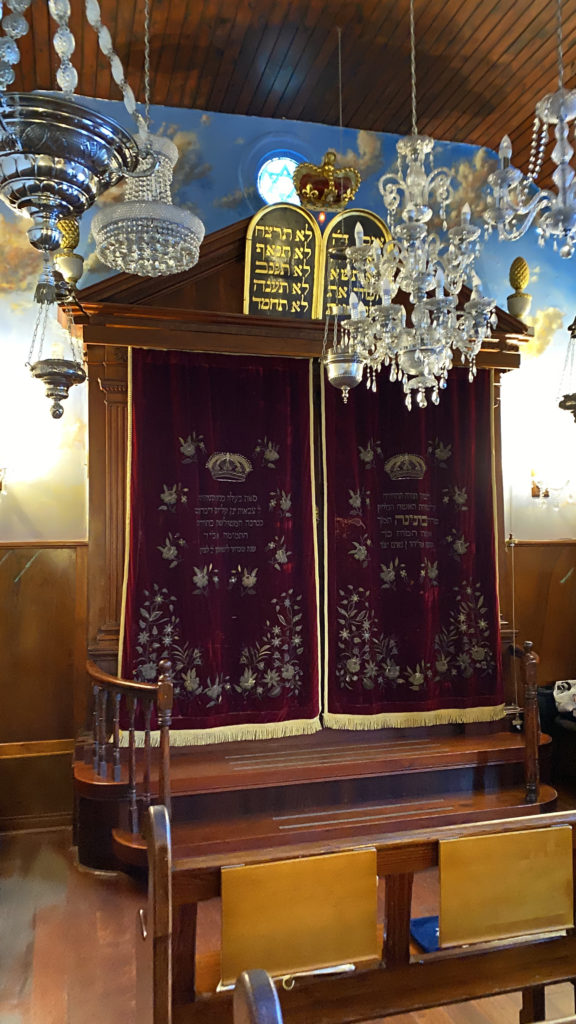
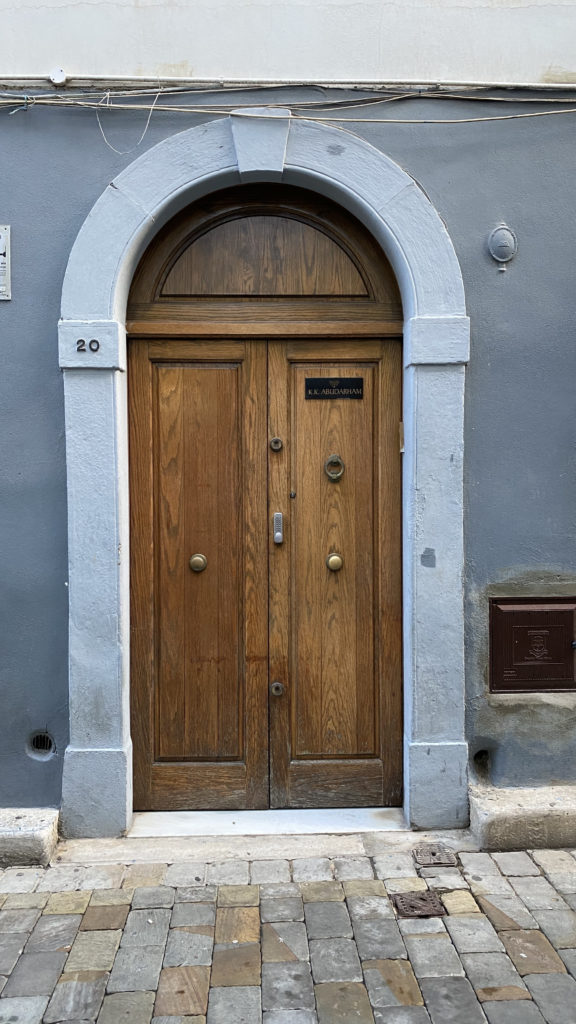
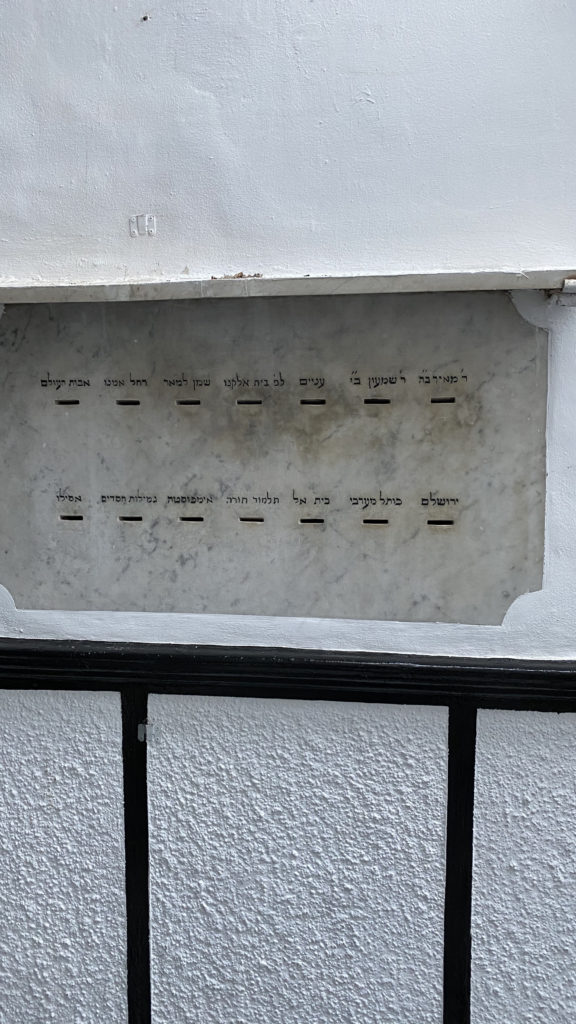
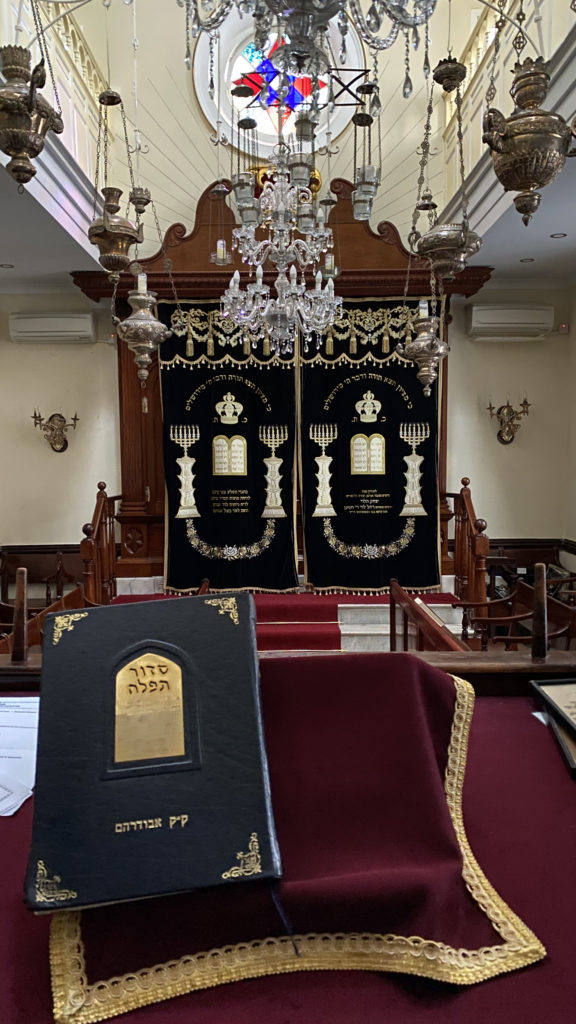
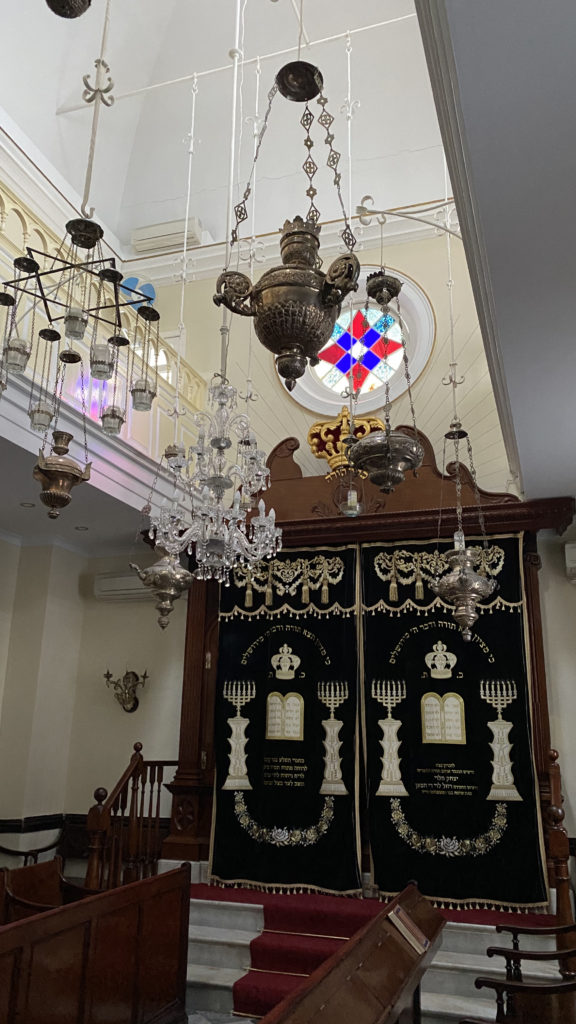
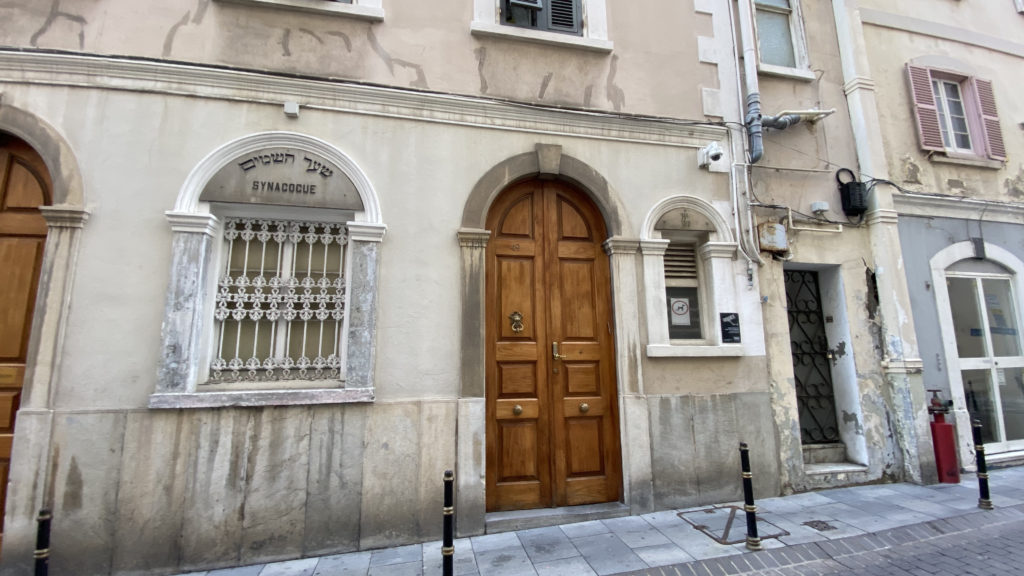
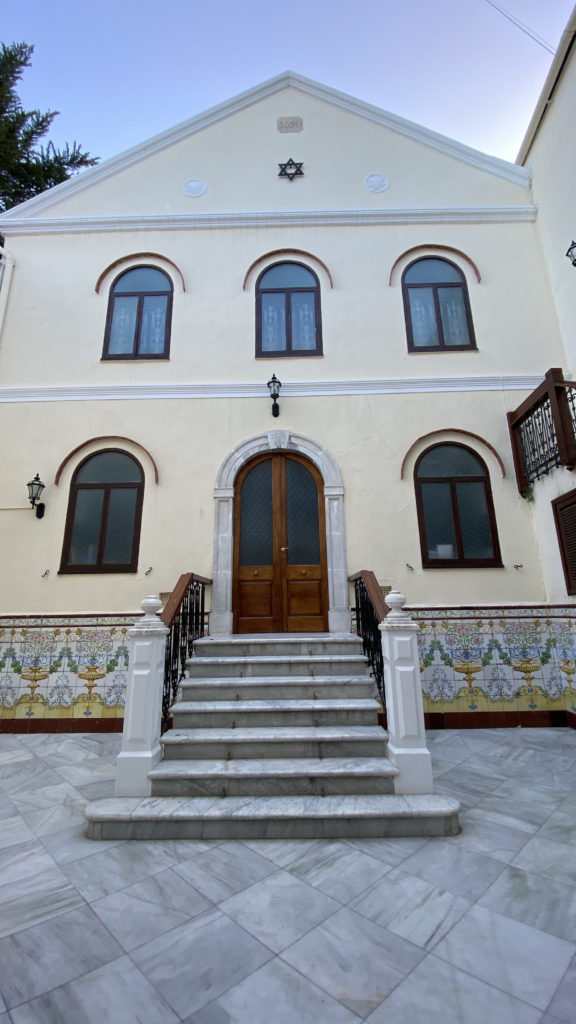
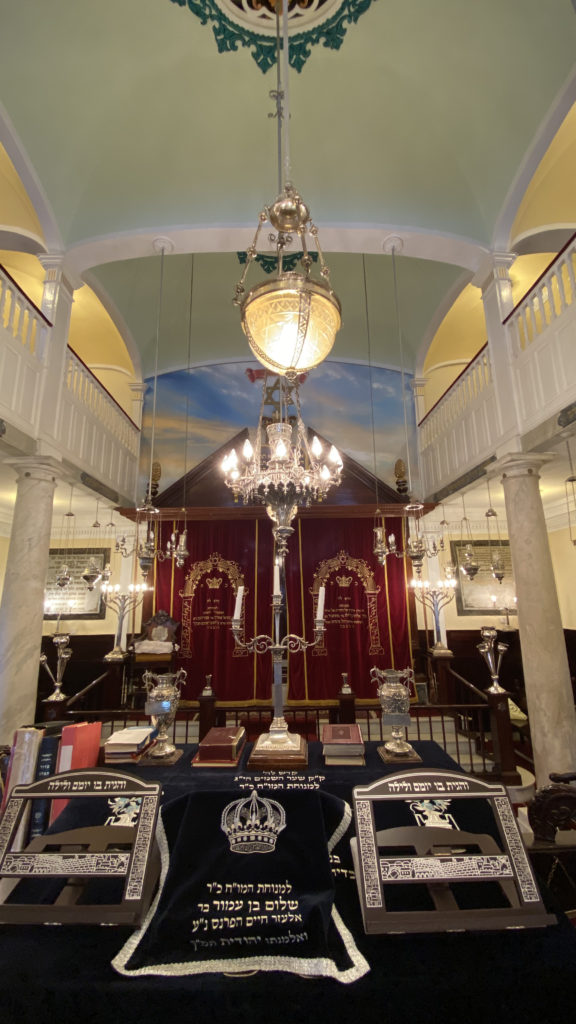
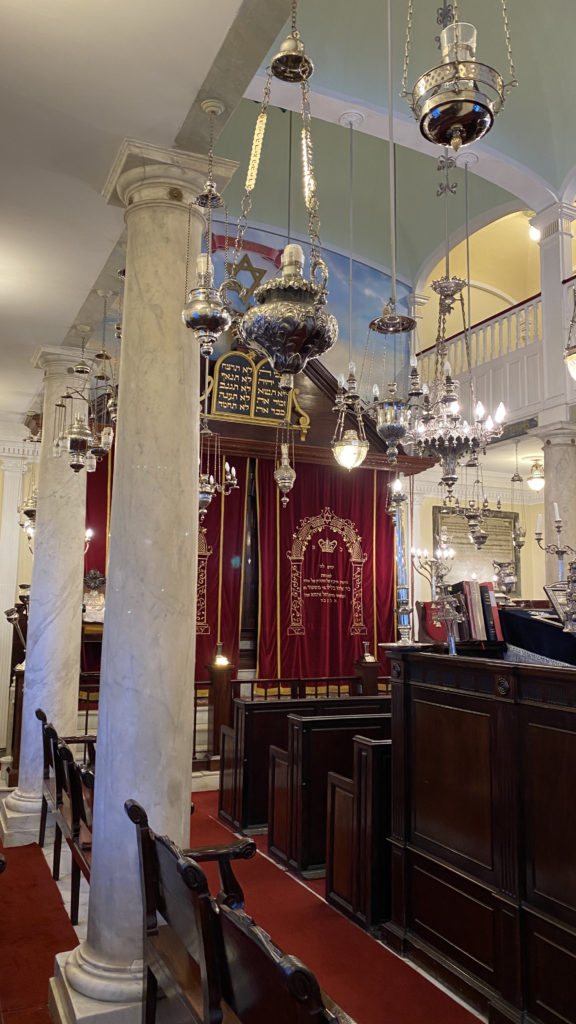
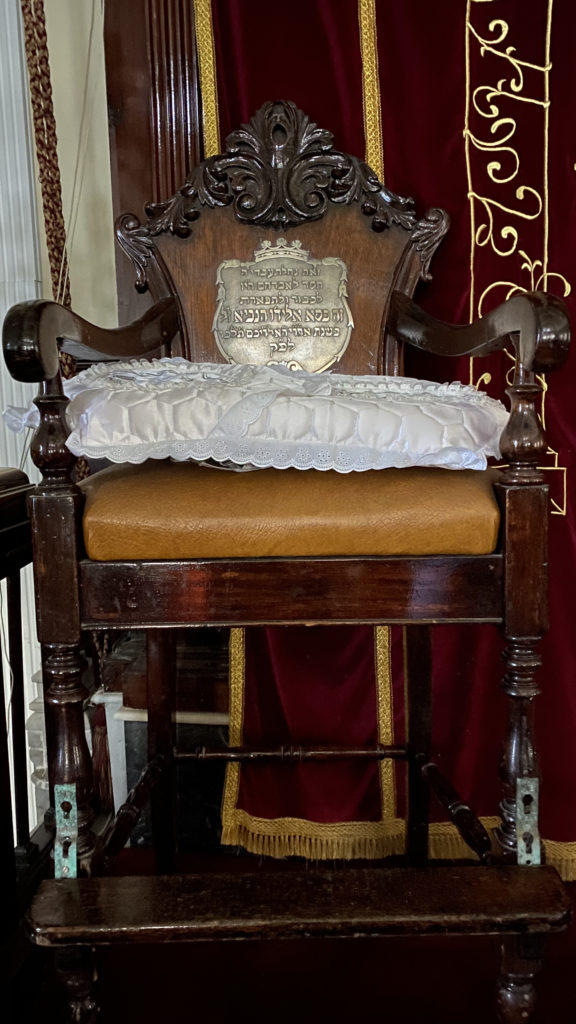
The following historical account is detailed from Wikipedia:
Jews resided in what is now the British overseas territory of Gibraltar by the 14th century, based on records which reveal a 1356 request for assistance in ransoming Jews that had been taken prisoner by pirates. In addition, after Jews were expelled from Spain in 1492, many went through Gibraltar en route to North Africa. During the 18th century, much of the rations of the British military forces were beef and pork. Barrels of salted meat were provided by England and Ireland. However, in order to avoid scurvy, fresh provisions had to be procured for soldiers after a few months of salted or cured food. For soldiers stationed in Gibraltar, Morocco was the most convenient location to obtain fresh beef, although pork was not available from the Muslim country. Subsequently, starting in the early 18th century, after the 1704 capture of Gibraltar, Jewish merchants from Tetuan in Morocco were encouraged to come to Gibraltar with provisions. Their counterparts from Leghorn, Italy; Amsterdam, Netherlands; and London, England also settled in Gibraltar. As a result, by the time of the negotiation of the 1713 Treaty of Utrecht, there was already a thriving Jewish population in Gibraltar.
In those early years, starting about 1705, Jews met in private houses or in a warehouse in what is now Bomb House Lane. Some consider that warehouse on what was known as La Calle que va a la Plazuela de Juan Serrano to be Gibraltar’s first synagogue founded under British rule. However, Spain insisted on language in the treaty that excluded Jews and Muslims from Gibraltar. “Her Britannic Majesty, at the request of the Catholic King, does consent and agree that no leave shall be given, under any pretext whatsoever, either to Jews or Moors to reside or have their dwellings in the said town of Gibraltar.” Attempts to have the clause deleted were unsuccessful. In 1716, supplies began to arrive over the border with Spain, but the Spanish ambassador complained that there were substantial numbers of Jews living in Gibraltar, in violation of the terms of the treaty. The British government insisted that the Lieutenant-Governor of Gibraltar adhere to the terms of the 1713 treaty, and Jews were expelled from Gibraltar in 1717. However, under the terms of the Treaty of Utrecht, Spain lost Sardinia and Sicily. Despite that, in 1717, the same year as the expulsion of Jews from Gibraltar, Spain dispatched an expedition to recover Sardinia and Sicily. European countries, finally having peace after the War of the Spanish Succession, responded to Spain’s actions by declaring war. Provisions no longer came across the border with Spain; accordingly, Jews were again allowed in Gibraltar so that supplies from Morocco would resume.[3]
In 1721, a reciprocal treaty was negotiated with the Sultan of Morocco, Ismail Ibn Sharif, allowing both Jews and Muslims to settle in Gibraltar, and Englishmen to reside in Barbary (Morocco). “The subjects of the Emperor of Fez and Morocco, whether Moors or Jews, residing in the dominion of the King of Great Britain, shall entirely enjoy the same privileges that are granted to the English residing in Barbary.” In 1726, Spain claimed that Britain had violated the terms of the 1713 Treaty of Utrecht, and used that as a pretext for attacking Gibraltar. The siege lasted for several months in 1727. The British government later endeavored to balance the treaty with the Sultan with the terms of the Treaty of Utrecht. Subsequent treaties with Morocco limited the stay of Jews and Muslims to three months. However, this was ignored by the Governors of Gibraltar and, by 1777, 863 Jews lived in Gibraltar, three quarters of whom were natives of the country. The Jewish population in Gibraltar peaked in the 19th century. By 1805, they represented half of the population. By 1878, there were 1,533 Jews residing in Gibraltar.
More information about these synagogues and community can be found here.





